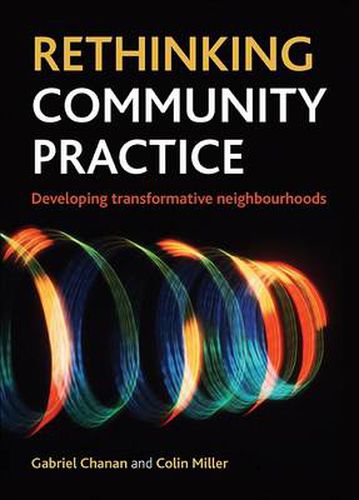Readings Newsletter
Become a Readings Member to make your shopping experience even easier.
Sign in or sign up for free!
You’re not far away from qualifying for FREE standard shipping within Australia
You’ve qualified for FREE standard shipping within Australia
The cart is loading…






As local communities and public services reel under the impact of global economic turmoil, it is vital to find more creative ways for the services to work together with those who depend on them and who also, as citizens, ultimately govern them. Community practice is the name for that growing part of the relationship by which service providers and local residents collaborate flexibly and economically to meet needs, boost community strengths and service effectiveness, and link participative and representative democracy.
Combining re-examination of theory with practical tools and approaches, Chanan and Miller provide a new framework for local involvement strategy, for policy-makers and practitioners alike. They show how this innovative but still amorphous movement can become more coherent, both on the ground and in public policy: reforming community development, building new kinds of neighbourhood partnership, measuring outcomes objectively, and combining the best innovations of the past three decades into a new synthesis.
This is an important new perspective for all local public service agencies, all practitioners working in communities, and academics and students concerned with these fields.
$9.00 standard shipping within Australia
FREE standard shipping within Australia for orders over $100.00
Express & International shipping calculated at checkout
As local communities and public services reel under the impact of global economic turmoil, it is vital to find more creative ways for the services to work together with those who depend on them and who also, as citizens, ultimately govern them. Community practice is the name for that growing part of the relationship by which service providers and local residents collaborate flexibly and economically to meet needs, boost community strengths and service effectiveness, and link participative and representative democracy.
Combining re-examination of theory with practical tools and approaches, Chanan and Miller provide a new framework for local involvement strategy, for policy-makers and practitioners alike. They show how this innovative but still amorphous movement can become more coherent, both on the ground and in public policy: reforming community development, building new kinds of neighbourhood partnership, measuring outcomes objectively, and combining the best innovations of the past three decades into a new synthesis.
This is an important new perspective for all local public service agencies, all practitioners working in communities, and academics and students concerned with these fields.